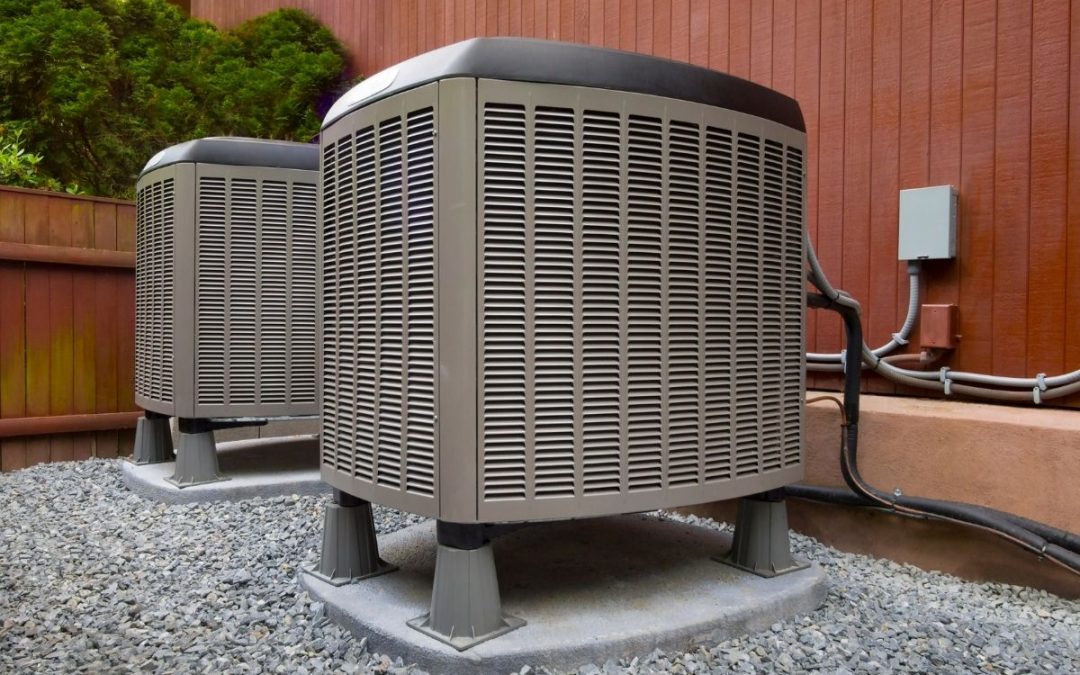Published Nov 30, 2020
Most people have seen or heard of the abbreviation HVAC in one way or another, and a lot of us have a general understanding of what it means. But what exactly is HVAC? How does it work? What parts make up an HVAC? We answer these and more of the most critical questions about HVAC.
What is HVAC?
By definition, HVAC stands for Heating, Ventilation, and Air Conditioning. Essentially, HVAC refers to the different systems used to provide acceptable indoor air quality (IAQ) within a residential or commercial building. It is responsible for keeping the air warm and cozy during winters and making that air cool and breezy during summers. When you have inviting temperatures, that is called thermal comfort, and it is a direct product of the heating and air conditioning components.
But aside from keeping the temperatures nice and comfortable, ventilation plays a key role. Ventilation refers to the process of replacing or exchanging air within a space. These days, it’s becoming more and more popular in construction for these systems to maximize the use of outdoor air in improving air quality indoors.
How does HVAC work?
Sometimes you will find independent heating, ventilation, and cooling systems in one building. However, the three main functions of HVAC are hugely interrelated in providing the best living experience. That is why you will commonly find combined systems, as in central heating and AC systems, that utilize a single blower in circulating air through internal ducts.

What are the primary parts that make up an HVAC system?
You will find many moving parts of an HVAC system spread out within and outside a residential or commercial space. By familiarizing ourselves with each separate component, we may better understand how these systems work. Here’s the typical anatomy of an HVAC system.
1. Thermostat: The most obvious and visible part of an HVAC system is the thermostat. This part is typically installed on a wall that is convenient and accessible for all. It can be set manually or programmed to keep your home at a specific temperature. The way it works is that if the ambient temperature gets too high or too low, it triggers the HVAC system to circulate air as needed.
2. Furnace: The furnace can be a scary component of the HVAC system, especially for kids, as seen in the movie Home Alone. However, this is one of the vital and largest parts of a system. As you may already know, the furnace’s role is to heat air that will be distributed to the rest of the system via ductwork or piping. In the present day, furnaces can use a variety of heat sources, ranging from solar energy and heat pumps to combustion and electric resistance.
3. Evaporator coil: The evaporator coil’s main purpose is to cool the air that it comes in contact with, which happens when the thermostat is set to a lower temperature. This cold air is then fed to the rest of the building.
4. Condensing unit: This part is typically located outside of a building, and it contains refrigerant gas. Refrigerant is a compound that readily absorbs heat from the environment and can be used for refrigeration and air conditioning. When the refrigerant is cooled, the condensing unit pumps this liquid to the evaporator coil, where it is turned back into gas.
5. Vents: These are the passageways in which the system distributes heated or cooled air from the duct system to different rooms. You might have already seen vents or know what they are, as you typically find them in or around ceilings. Make sure that these vents are not blocked to ensure optimum airflow.
6. Refrigerant lines: These are the lines that carry refrigerant in the form of gas to the condensing unit. This gas is converted to liquid, then returned back to the evaporator coils.
Different types of HVAC systems
Not all HVAC systems function in the same way, and you need to understand how each system works to find out which one is best for you. Here are the most common types of HVAC systems around:
Heating and Cooling Split Systems
The most common HVAC system you should expect to find is the heating and cooling split system. As its name suggests, the heating and cooling functions are separated between two primary units: heating and cooling. These are the most familiar ones with indoor and outdoor units, each with its unique function in making the system work. These HVAC systems consist of a cooling unit outside that uses refrigerant, compressors, condenser coils in cooling air, and a fan to expel warm air.
The heating component comes in the form of the furnace, which will usually be located in a building’s basement. This furnace will typically come with a fan or evaporator to circulate the air. These systems use ductwork that carries the air to and from different parts of the building. And in newer, more energy-efficient systems, you should expect to find purifiers, humidifiers, and cleaners.
Hybrid Split System
While slightly similar to conventional split systems, the main benefit of hybrid split systems lies in its energy efficiency through their electric hybrid heating system, which differentiates it from other HVAC systems. This system has the ability to switch between using gas power, the quicker and more complete energy source, to electric power, the more efficient and quieter of the two. These systems are especially useful in areas with mild climates where temperatures do not drop too low. In these areas, electric heat will serve just fine. This HVAC system still uses much of the same parts of a split system with the added benefit of conserving energy to lessen utility bills.
Duct-Free (Mini-split)
A duct-free, mini-split system is a unique one that entails hefty upfront costs but offers significant benefits for specific applications. These HVAC systems are individual units for each room, which gives the added benefit of more customized control. As its name suggests, these systems are designed to work without using ductwork. Installation involves mounting these units on indoor walls and attaching them to an outdoor compressor. The installation process is expensive but offers benefits in energy conservation, as you can shut off systems, not in use. It’s worth noting that these systems require regular cleaning and maintenance to avoid hefty repair and replacement costs.
Packaged Heating and Air
Among these systems, this one is the most different. It houses all the compressors, condensers, and evaporators in one unit, often stored on the roof or within the house. Its compact size is perfect for space-saving, allowing you to keep it in a place with limited space. It works to both cool and heat air and is very efficient and easy to maintain. These units are more useful in warmer climates since the heating system is not as powerful as the previous options. Unlike the rest, this unit mainly uses electrical heating, whereas the others give you the option of both gas and electric.
Interested In Cutting Technologies?
For nearly 40 years Cutting Technologies (CTI) has been the go-to demolition contractor for technically demanding, one-off jobs. Our wealth of experience enables CTI to bring “outside-of-the-block” approaches to achieve the impossible. Contractors trust CTI to get the job done right. Take a look at our demolition services on our website.

About The Author
Terrence Tan Ting is an industrial engineer by profession but a full time writer by passion. He loves to write about a wide range of topics from many different industries thanks to his undying curiosity.

